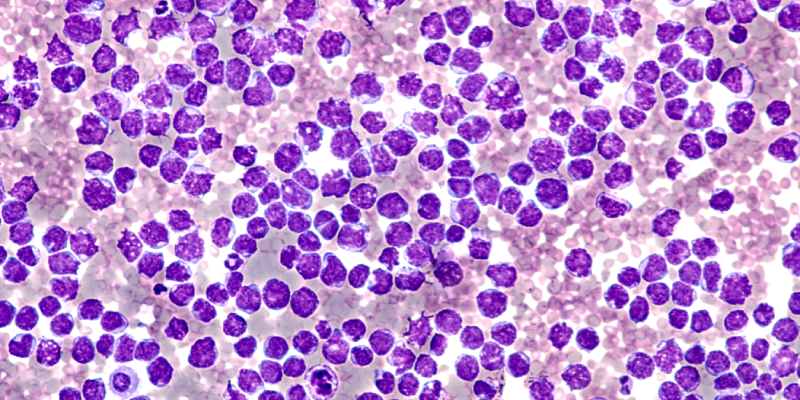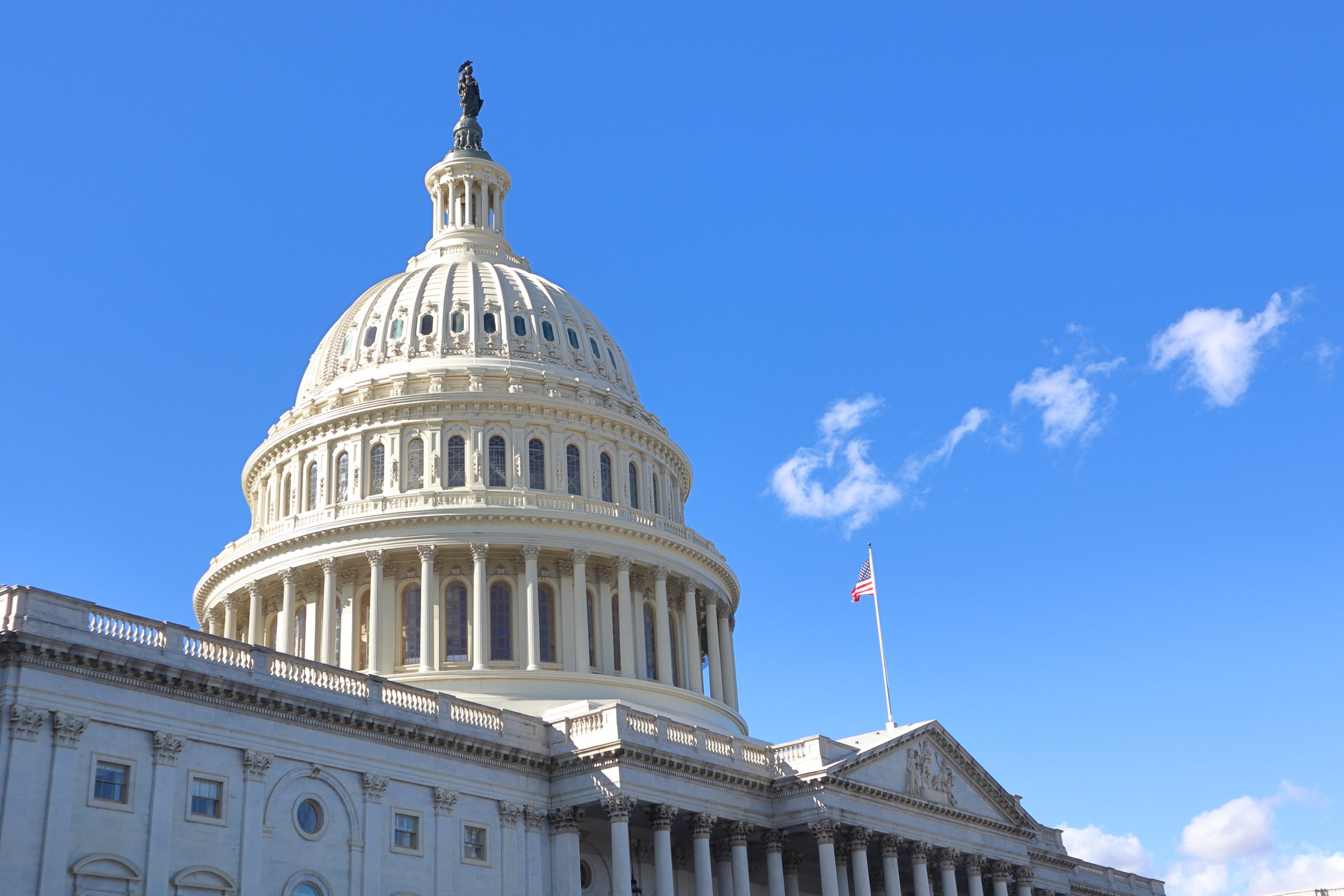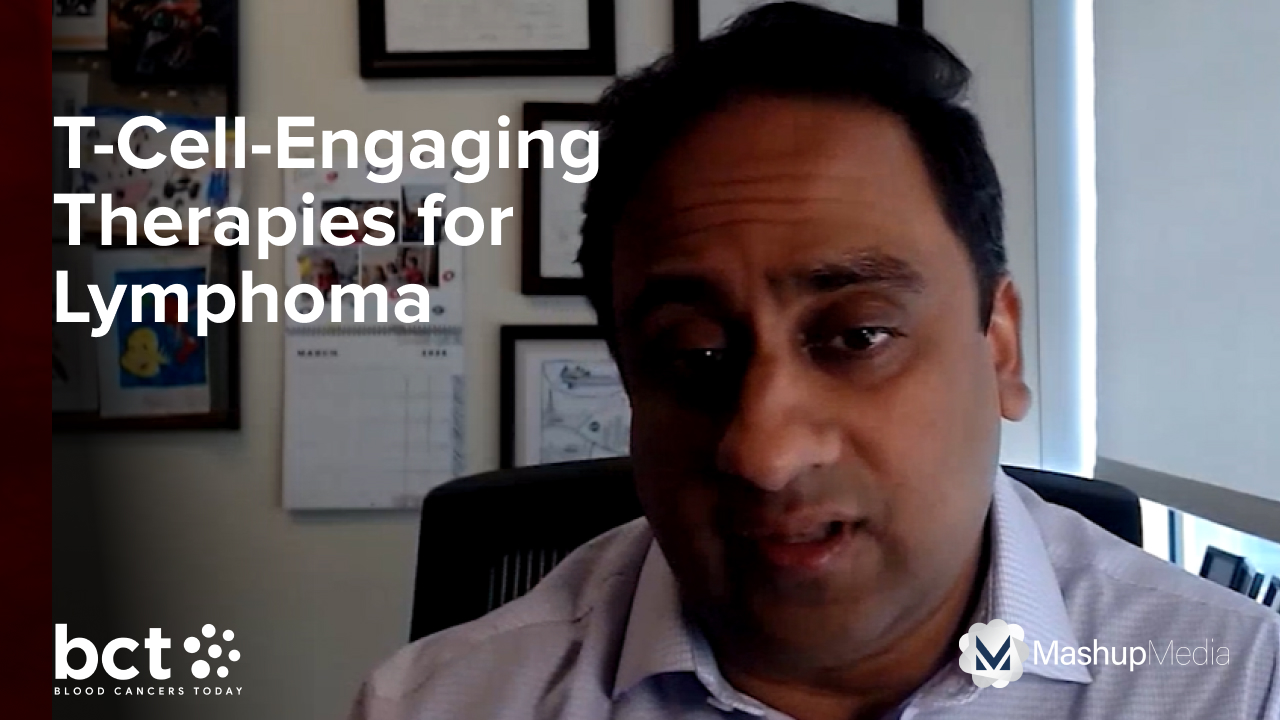
High-dose cytarabine-containing immunochemotherapy followed by autologous hematopoietic stem cell transplantation (AHSCT) “failed to show superiority over” an ibrutinib-containing treatment without AHSCT in patients with mantle cell lymphoma, according to results from the phase III TRIANGLE trial.
Martin Dreyling, MD, of the LMU University Hospital Munich in Germany, and colleagues conducted the study and presented its results at the 2022 American Society of Hematology Annual Meeting.
The European MCL Network initiated the randomized, open-label, three-arm TRIANGLE trial to assess the addition of ibrutinib to high-dose cytarabine-containing immunochemotherapy followed by autologous hematopoietic stem cell transplantation (AHSCT) and rituximab maintenance, which is the current standard of care for younger patients with MCL. They compared this regimen with the previous standard treatment of high-dose cytarabine-containing immunochemotherapy followed by AHSCT, as well as an ibrutinib-containing treatment without AHSCT.
The trial included 870 patients aged up to 65 years with previously untreated advanced stage II-IV MCL. The median patient age was 57 years old, and all patients were “suitable” candidates for high-dose cytarabine and AHSCT, according to the trial’s investigators. Most (76%) of the patients were male, while 87% had stage IV MCL.
The investigators randomized patients 1:1:1 to the three trial treatment arms, with 288 patients receiving immunochemotherapy plus AHSCT, 292 patients receiving ibrutinib and immunochemotherapy followed by AHSCT and rituximab maintenance, and 290 patients receiving an ibrutinib-containing treatment without AHSCT.
Patients receiving immunochemotherapy plus AHSCT underwent three cycles of high-dose cytarabine-containing immunochemotherapy without ibrutinib. Patients receiving ibrutinib and immunochemotherapy followed by AHSCT and rituximab maintenance, or an ibrutinib-containing treatment without AHSCT, underwent three immunochemotherapy cycles with ibrutinib added and two years of maintenance therapy. The trial’s investigators planned AHSCT for all responding patients who were randomized to receive it.
The overall response rate (ORR) was 94% in patients receiving immunochemotherapy followed by AHSCT. The complete response (CR) rate was 36% in the 272 evaluable patients in that treatment arm. The ORR was 98% and the CR rate was 45% in the 559 evaluable patients in the two ibrutinib-containing treatment arms.
High-dose cytarabine-containing immunochemotherapy followed by AHSCT “failed to show superiority over” an ibrutinib-containing treatment without AHSCT at a median follow-up of 31 months, according to Dr. Dreyling and colleagues. The three-year failure-free survival rate in patients receiving AHSCT without ibrutinib was 72%, while it was 86% in patients receiving an ibrutinib-containing treatment without AHSCT (hazard ratio [HR], 1.77; P=.9979).
The three-year failure-free survival rate was 88% in patients who received ibrutinib in addition to immunochemotherapy followed by AHSCT and rituximab maintenance, while it was 72% in patients receiving immunochemotherapy plus AHSCT (HR, 0.52; P=.0008).
The three-year overall survival rate was 86% in patients who received immunochemotherapy plus AHSCT, while it was 91% in those who received ibrutinib plus immunochemotherapy and AHSCT and was 92% in patients receiving ibrutinib-containing treatment and no AHSCT.
The researchers reported “no substantial differences” in the occurrence of grade 3 to grade 5 adverse events during induction with chemoimmunotherapy versus ibrutinib plus chemoimmunotherapy, with similar rates of neutropenia (47% vs 49%), leukopenia (15% vs 15%), febrile neutropenia (9% vs 12%), infections and infestations (9% vs 12%), and cardiac disorders (2% vs 3%).
The two AHSCT-containing arms “did not substantially differ” in grade 3 to 5 adverse events, but “in contrast, during maintenance, there were substantially more” grade 3 to 5 adverse events in patients receiving ibrutinib plus AHSCT than patients receiving AHSCT or ibrutinib, according to Dr. Dreyling and colleagues.
“The addition of ibrutinib during induction and as maintenance with or without [AHSCT] showed strong efficacy with acceptable toxicity,” Dr. Dreyling and colleagues concluded. “It has been clearly demonstrated that the current standard high-dose regimen is not superior to the new ibrutinib-containing regimen without [AHSCT]. More follow-up is needed to clarify the role of [AHSCT] in the context of ibrutinib-containing treatment.”
Reference
Dreyling M, Doorduijn JK, Gine E, et al. Efficacy and safety of ibrutinib combined with standard first-line treatment or as substitute for autologous stem cell transplantation in younger patients with mantle cell lymphoma: results from the randomized Triangle trial by the European MCL network. Abstract #1. Presented at the 64th ASH Annual Meeting and Exposition; December 10-13, 2022; New Orleans, Louisiana.






 © 2025 Mashup Media, LLC, a Formedics Property. All Rights Reserved.
© 2025 Mashup Media, LLC, a Formedics Property. All Rights Reserved.